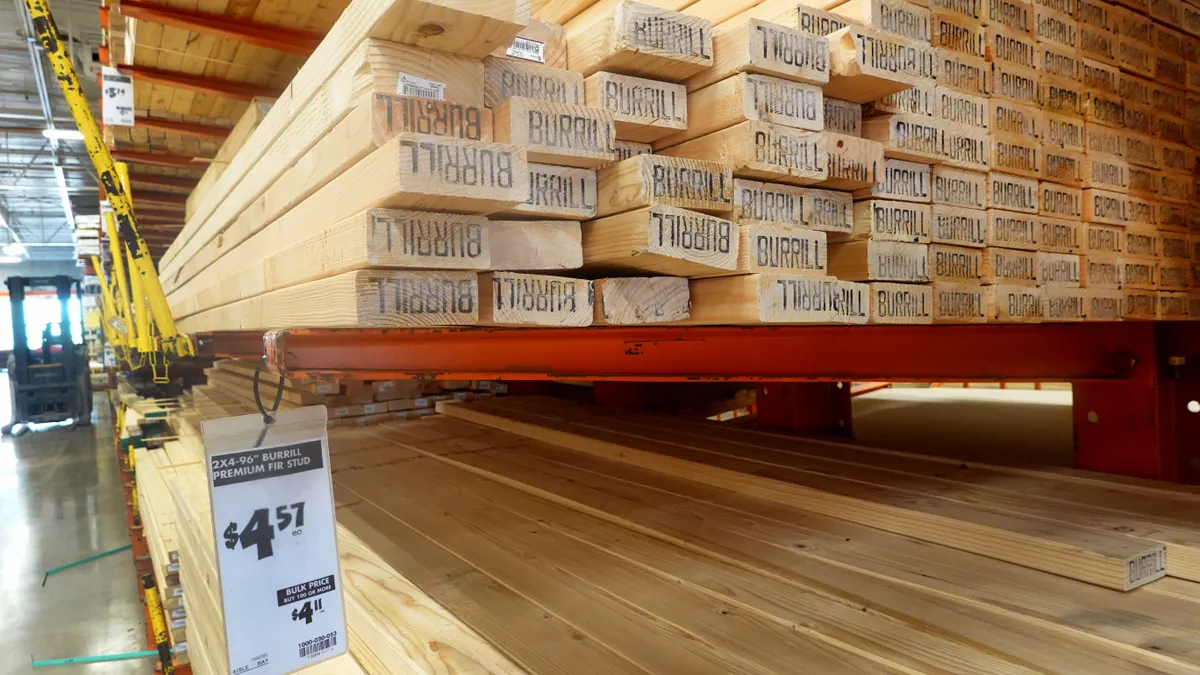Dive Brief:
- A new bridge in California will be built using concrete bolstered by nanocrystals from wood, according to ConstructConnect.
- Produced by the pulp and paper industries, the nanocrystals were tested by researchers at Purdue University, who expect them to strengthen concrete and decrease the need for as much of the material.
- According to researchers, the nanocrystals increase the hydration of a concrete mixture with less water, making the material stronger and expediting its set time.
Dive Insight:
New developments in concrete technology continue to pour in as researchers look for new ways to make the material stronger and more sustainable.
Earlier this year, a team at Binghamton University-State University of New York and Rutgers University developed a self-healing fungi concrete that could permanently heal structural cracks. The mixture, made using the fungus Trichoderma reesei, would allow the fungus to lie dormant until cracks appear, allowing water and air into the structure. That infiltration would then cause fungal spores to germinate, grow and release calcium carbonate to repair the crack.
Wales-based Cardiff University researchers are also testing three concrete-healing technologies, including shape-memory polymers, using small capsules to deliver healing agents and bacteria, and introducing organic and inorganic materials into concrete's surface. Scientists at University of Victoria in British Columbia, Canada, are adopting similar techniques in their experiments with adding fly ash and wood cellulose to test self-healing concrete.
Though the potential for self-healing properties in concrete could be a major boon to the estimated 10 billion tons that are produced each year, scientists are also experimenting with ways to make less of the material go further in the built world. Rutgers University researchers are testing eco-friendly, lightweight concrete that uses hydrothermal liquid-phase densification to reduce the cement and concrete's carbon footprint by nearly three-fourths.
Meanwhile, researchers at MIT and the University of British Columbia are examining concrete's atomic properties. That research could lead to more durable and resilient concrete over time.












